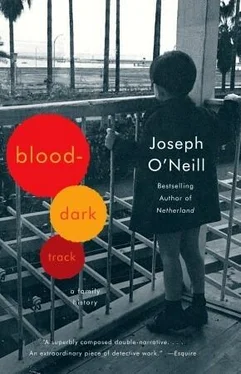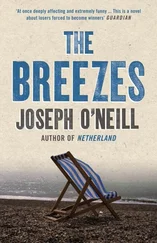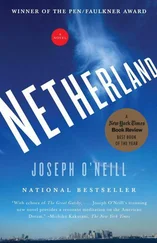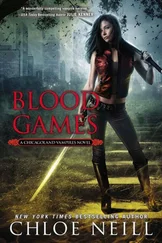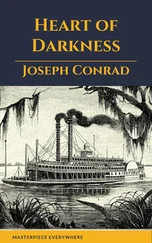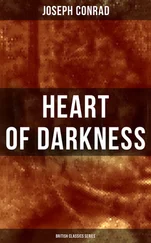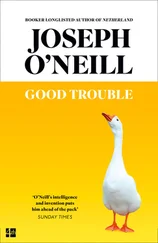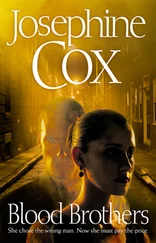I stopped in at the Red Fort on my way back to Cork and ordered some lunch. On the wall above my table hung a framed newspaper clipping with a photograph taken of ‘The Boys of Kilmichael’ in 1938. The photo showed two rows of men in trenchcoats, smiling for the most part. All their names were set out, and below their names appeared the lyrics of the famous song about the ambush, ‘The Boys of Kilmichael’: ‘We gathered our rifles and bayonets and soon left that glen so obscure,/And we never drew rein till we halted at the faraway camp of Glenure./Then here’s to the boys of Kilmichael, those brave lads so gallant and true,/ Who fought ’neath the green flag of Erin and they conquered the red, white and blue.’ The most famous Boy of Kilmichael of all was, of course, the man who authorized action against Admiral Somerville — Tom Barry.
It was quite a coincidence, seeing the photograph here. Only an hour or so beforehand I had learned from Oriana Conner that the Ballineen-Enniskean Historical Society, in which she was active, had produced a booklet detailing what eventually became of the men who carried out the Kilmichael ambush. What the Historical Society found, when it looked into the matter, was that the ambush seemed to have had an extraordinarily adverse effect on its participants, many of whom went on to lead unusually difficult and saddening lives; and as I drove back to Cork city from the Red Fort, I wondered if there was any link between the Somerville shooting and my grandfather’s hard life. I reflected that the time had come to take a trip to Castletownshend.
And so, the next day, my grandmother and I drove into West Cork. It surprised me a little that Grandma, who had never in her eighty-five years in county Cork been to Castletownshend, should have so cheerfully assumed the role of my accomplice in the historical disturbance I was intent on committing. She knew about the Ardkitt gun and the abandonment of the getaway car near her aunt’s house in Rathduff, and it must have been apparent that somebody she knew very well had been involved in the killing.
We drove to Bandon and from there headed south-west to Clonakilty. It was a June day of breezes and sunshine, and we travelled, as if through cathedrals, under brilliant and shadowy vaults of leaves. Nettles, ferns, brambles, furze, and flowers — fuchsia, blazing yellow dandelions, gigantic daisies — grew densely on the road borders. West of Clonakilty, the air became briny and the country open and rough and boggy. The road narrowed further. Blue bodies of water appeared in fields, and violet rhododendron blooms leaned out of gardens. In places the road revealed a rocky and peninsular shoreline, where the Atlantic showed in patches that were as blue as the Cilician Mediterranean. Eventually, after negotiating a succession of disorienting crossroads, we came to a remote village that adhered to a hillside at the mouth of a fjord. Its remoteness was not a question of absolute isolation. Skibbereen, where Jim O’Neill used to poach for autumn salmon, was only five and half miles away, and there were many places further to the west — Baltimore, Schull, Ahakista, for example — that were more distant from Cork city. The faraway quality of Castletownshend lay in the fact that, unlike these other places, it was not the terminus of any particular route or a point on the way to anywhere else. Of the net of lanes and alleys in which West Cork is caught, only a straggly, circuitous and otherwise fruitless loop makes it out to Castletownshend, with the result that only a purposeful traveller — a person with a specific reason for veering off the small main road that continues on to Bantry and, many miles later, Killarney — is likely to wind up there.
Castletownshend was as pretty and prosperous as any village I’d seen in West Cork. At its entrance, on the crest of the hill down which the village neatly tumbled, was Drishane House, of which only high walls, huge gates and a drive that curved into a wooded distance could be seen. This was the home of Christopher Somerville, whom I’d phoned a couple of days earlier; he declined to meet me, but he did confirm, in a sonorous English voice, that the Admiral was a relation — his great-uncle, to be exact. Past Drishane House was the plunging main street, lined with unusually handsome houses and brick and stone cottages. About halfway down the hill, two sycamore trees stood in the middle of the road, surrounded by a retaining wall; and nearby was a pub. We stopped there for lunch. I asked a lady where we might find Point House, explaining that I was interested in Admiral Somerville. After giving us directions, the woman suggested that we call in at the Castle and speak, if we could, to Mrs Salter-Townshend; she was an elderly lady and would probably well remember the incident of sixty-one years ago. So Grandma and I walked down to the Castle, whose high walls and large open gate could be seen at the bottom of the hill. It was a short stroll from the gate to the Castle itself, a three-storey building of dark stone, crenellations and square towers overlooking the haven, where small fishing and sailing boats were moored. Immediately to the rear of the building was a thickly forested hill and the Protestant church of the village, St Barrahane, where Admiral Somerville was buried. At the front of the Castle were a level gravel forecourt, on which a few cars were parked, and a lawn where Germans were trying to play croquet; the place was evidently now in use as a guest house or hotel. The sea was held at bay by a stone wall, at the foot of which becalmed ocean water washed onto a tiny pebbled strand.
We rang at the door of the Castle. A woman of around forty, dressed in jeans and a sweatshirt, greeted us. She told us that Mrs Salter-Townshend lived in the bungalow these days. She added, not unkindly, ‘Whether she’ll be prepared to speak to you or not will depend on the mood she’s in. I can’t say what she’ll be like.’ Passing two grazing white goats, we headed up to the bungalow, which was located, I later learned, on the site of the original house built by the Townshend family shortly after its arrival in Cork, in 1648, as part of the English Parliamentary army. It was Richard Townsend [ sic ] who personally delivered the keys of Cork to Oliver Cromwell.
The bungalow was built in the eyesore style characteristic of many of the hacienda-like constructions that were materializing in rural West Cork. The door was answered by a woman dressed in a down-to-earth, utilitarian way who was, I guessed, in her late seventies. I explained that I was looking for Mrs Salter-Townshend and wished to discuss the shooting of Admiral Somerville with her. The lady answered, in that slightly mumbling voice used by the ascendancy class to take the edge off an English accent, ‘Well, I remember that; he was my cousin. It caused great pain to the family. I don’t think it would be right to go over it again, do you?’ As she looked at me, a man, red-faced, heroically dishevelled, whom for moment I took to be the gardener, poked his head around the door: Mr Salter-Townshend, I later learned. Mrs Salter-Townshend regarded me grimly. ‘We still don’t know who did it,’ she said.
Speaking in my most English accent, I mentioned another former resident of Castletownshend, the Admiral’s nephew Sir Patrick Coghill — the SIME agent and subsequent captor of Joseph Dakak. Mrs Salter-Townshend said that, yes, she remembered him; he spoke Arabic and Turkish. The Coghill family still lived here, she added. Sir Toby Coghill, Patrick’s nephew, had two properties in the village and he spent part of the year here. She looked at us again, probably taking in for the first time the unlikely character of the couple standing before her. ‘Well, you can’t keep your grandmother outside. Please come in.’
Читать дальше
Конец ознакомительного отрывка
Купить книгу
